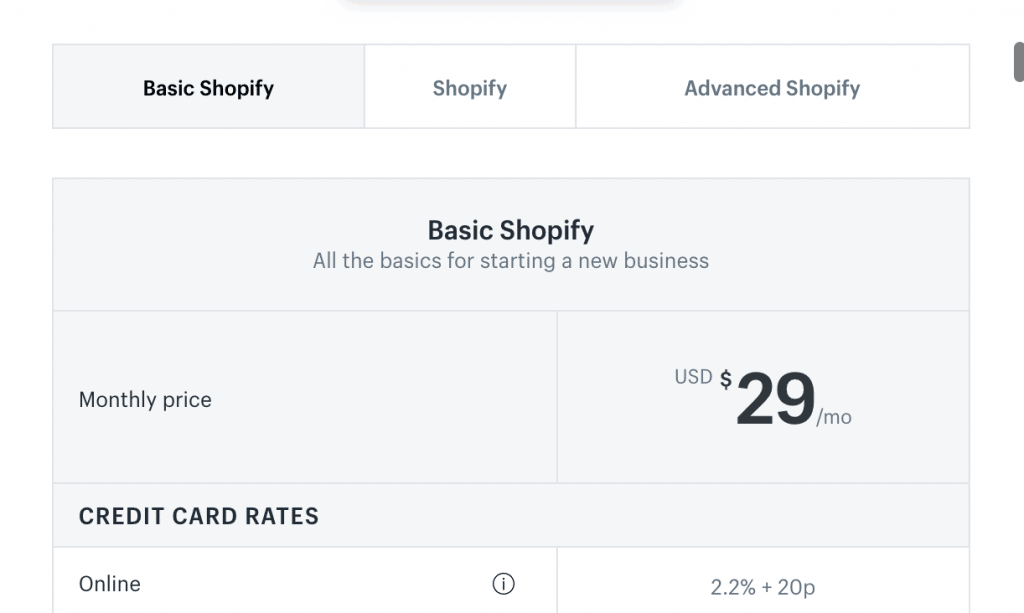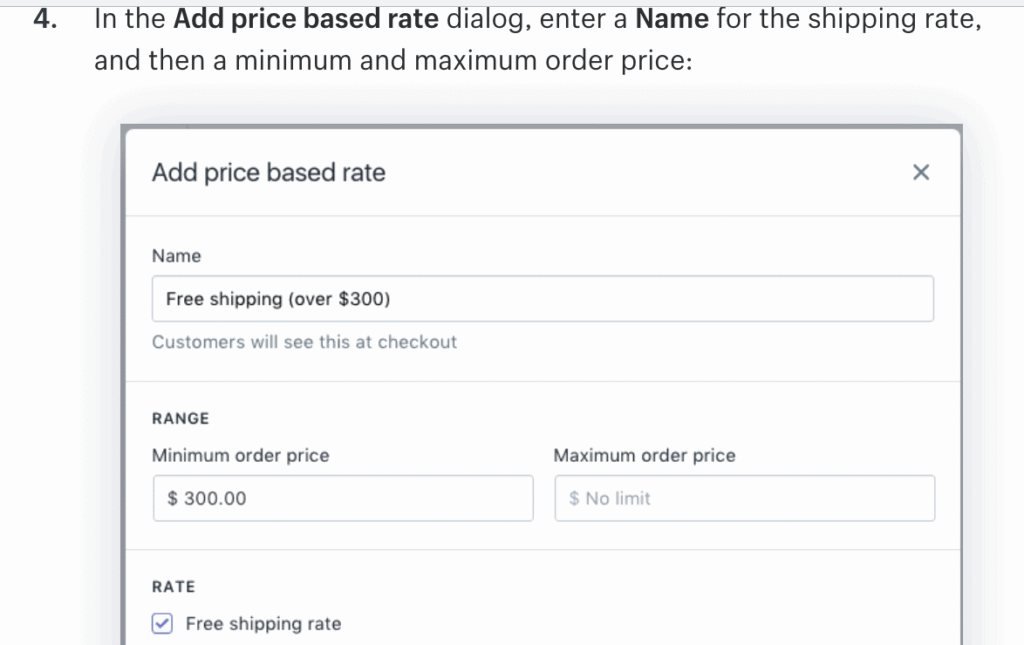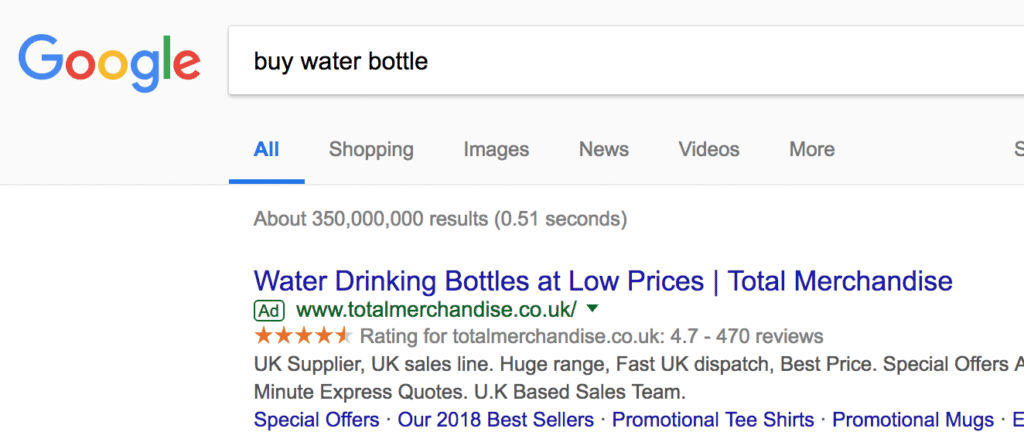For many first-time ecommerce founders, Shopify is the way forward. Their easy to use platform means that anyone (and we mean anyone) can set up their online store within a matter of minutes.
You can make use of their easy-to-customize templates and entering products is as simple as filling in the boxes.
In short, if you’re just starting out with ecommerce, Shopify is a great way to go.
However, where many people struggle is knowing how to price their products. You see, although Shopify makes it easy to enter your product’s prices, there’s little to no guidance on what you should actually set your prices at.
Table of contents
If you’re just starting out, getting your pricing right can be the difference between a profitable healthy online store, and a store that costs you money.
In this post, we’re going to look at how traditionally ecommerce store owners price their products on Shopify and provide you with a way to make things a whole lot easier.
Profit based pricing – how much profit do you want to make?
One of the common ways people look at their pricing on Shopify is to work out how much it costs them to get the product and then work out how much profit they want to make.
Therefore, if it costs you:
$5
And you want to make $5 profit, then you need to sell your product for $10
However, where people also go wrong is that they forget to account for all the other business costs that actually go into selling your product.
For example, although they have a 14-day free trial, it’s actually not free to use Shopify.

The basic package of Shopify is $29 per month. All the way up to the advanced package which will set you back $299 a month.

The package you choose will largely depend on what you hope to achieve with your Shopify store and which advanced features you want to make use of.
So as you can see, the costs to your business are more than just how much it costs you to import or manufacture the product.
Also, consider:
- How much you want to get paid for running the store. If all your costs go back into the business, you’re effectively not making any money at all.
- How much it’ll cost you to get packaging. Unless you’re dropshipping you’ll likely have to package the products yourself (or pay someone else to do it for you). Factor all of these into the total to work out the price you need to charge.
Don’t forget about shipping and returns
When you’ve added up all the initial costs it requires for you to run your store and manufacture your products, there’s one crucial element people often neglect to think about or think about too late and it will cause problems: shipping and returns.
One Shopify user learned the hard way when it comes to shipping and how much that affects your overall profit margins.
Although they had a ton of orders coming in and were pleased with how things were going, what they didn’t realize was that they had miscalculated the shipping costs.
You see, it’s not free to ship products, even if you offer free shipping to your customers. Although free shipping is a great incentive to encourage people to buy, you have to think about what the costs to you are. Especially if you’re considering international shipping.
Most shipping costs are based on the size and the weight of the product, so be sure to accurately measure and weigh each product you hope to sell.
Also, you have to factor in that some people might want to buy more than one product.
So although you might have a set shipping fee of $2.99 because covers most products individually, what if someone wants to buy 4 or even 50 of the product, will they still only pay $2.99? Because it definitely won’t cost you $2.99 to ship it.

Luckily, Shopify has a feature that allows you to set your threshold for when people receive free shipping after they’ve spent over a certain amount.
There are so many factors that go into pricing your products when you have a Shopify store, it can quickly become overwhelming.
Competitors
If working out your business and shipping costs weren’t enough when running your ecommerce store, you also need to factor in your competitors.
Even if you’ve worked hard to experiment with your pricing to ensure it accounts for all your business costs and still gives you profit, you’ll never make sales if you have competitors who are able to charge less for the same products.
The reason your competitors are able to charge less could be down to a number of reasons. Perhaps they have a better deal with their suppliers.
Perhaps they’re using that particular product as a loss-leader.
The options are endless, but one thing’s for sure, you need to monitor what they’re charging to make sure you are still pricing your products competitively.
However, if you have hundreds of competitors and hundreds of products, how do you hope to keep track of what each one is charging?
More to the point, how often should you keep track and what happens if, by the time you’ve changed all your prices, your competitors have too?
Let’s look at an example.
Say you sold water bottles.

A quick Google search for “buy water bottles” shows 350,000,000 results! Could you imagine monitoring all of those? Impossible. In fact, it would be difficult to monitor even 20 of those, given the fact you’d have to check each site every day as you don’t know when your competitors will decide to change their prices.
That’s time out of your day where you could be focusing on what’s important to you: growing your business.
So is there a solution?
Use an ecommerce pricing extension
One of the best ways to stay competitive on Shopify is to keep track of what your competitors are charging and change your prices in accordance to that. This way, your prices will always stay within an amount that’s profitable to you, but at the same time allows you to offer a better deal than your customers.
We’ve already established that doing this manually is time-consuming and takes away from the other important business tasks you need to do to grow your e-commerce store.
So why not make use of one of the many Shopify pricing extensions that can do it for you.
These pricing extensions allow you to automate the repricing strategy. They track your competitors’ current and previous pricing and sets the best price based on real data.
This takes all the guesswork away from you.

Full disclaimer, our new Shopify 2.0 pricing extension is coming out soon, and we’re sure you’re going to love it.
Shopify competitive pricing final thoughts
Setting up a Shopify store is easy. Running a profitable Shopify store with effective pricing is hard. Once you’ve spent time and energy working out the minimum price you need to sell your products at in order to make money from your business, it’s time to leave the job of repricing to an app.
Using a repricing app allows you to make the best use of your competitors’ data.
It gives you a unique advantage and allows you to position yourself as price leaders within the market.
pricing strategiesShopify


Leave a Reply